Why Image Compression is Your Website's Best Friend
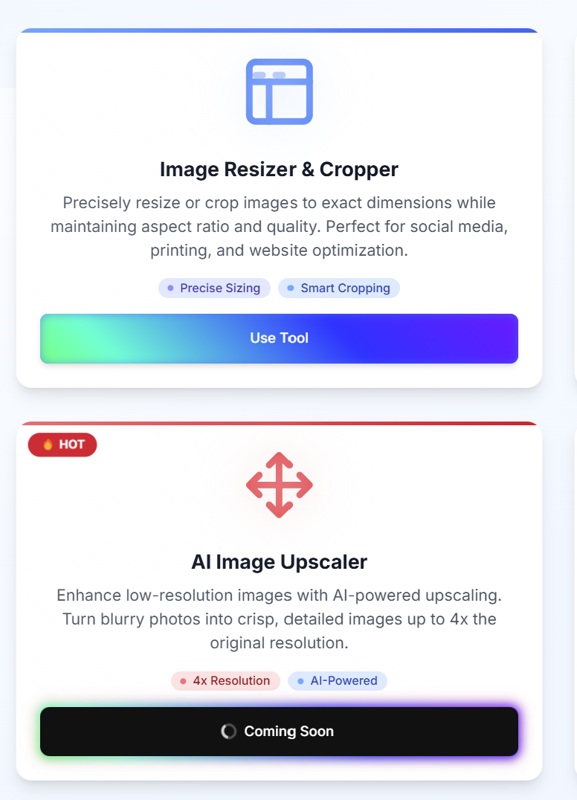
Why Image Compression is Your Website's Best Friend
Imagine your website is a sports car. Oversized images are like dragging a parachute behind it. Compression? That's removing the parachute and turbocharging your speed. But before compression, proper image resizing is essential. Here's why it matters:
- Faster load times: Users bounce if your site dawdles.
- Better SEO: Google ranks speedy sites higher (thanks to Core Web Vitals).
- Lower costs: Save on storage and bandwidth, especially for media-heavy sites.
- Happier visitors: Nobody likes pixelated chaos or endless loading wheels.
Lossless vs. Lossy Compression: The Great Debate
Not all compression is created equal. Let's break down the two heavyweights:
1. Lossless Compression: The Perfectionist
- How it works: Rearranges data without dropping a single pixel. Think of it as folding clothes neatly instead of stuffing them in a suitcase.
- Best for:
- Logos and brand graphics (crisp edges matter!)
- Text-heavy images (infographics, memes)
- Transparent backgrounds (PNG's party trick)
- Formats: PNG, GIF, WebP (lossless mode)
- Downside: Files are smaller than raw images but still larger than lossy.
2. Lossy Compression: The Pragmatist
- How it works: Trims "invisible" data (like subtle color shifts) to slash file sizes.
- Best for:
- Photos (sunsets, product shots, selfies)
- Complex images with gradients
- Formats: JPEG, WebP (lossy mode)
- Downside: Overdo it, and you'll see artifacts (those blocky, pixelated messes).
Pro Tip: Mix both! Use lossless for logos and lossy for photos.
Picking the Right File Format (No Guesswork Needed)
Choosing a format is like picking shoes—you need the right pair for the job:
| Format | Best For | Compression Type | Size Range |
|---|---|---|---|
| JPEG | Photos, gradients | Lossy | 50KB-200KB |
| PNG | Logos, transparency | Lossless | 100KB-500KB |
| WebP | Everything (modern alternative) | Both | 30% smaller than JPEG/PNG |
| GIF | Simple animations | Lossless | <5MB |
| TIFF/BMP | Print projects | Uncompressed | Avoid for web |
5 Image Compression Hacks That Actually Work
- Resize First, Cry Later
Uploading a 4000px image to display at 800px? That's like buying a mansion to live in one room. image resizing to achieve optimal results. - Quality Sliders Are Your Secret Weapon
For JPEGs, 70-85% quality is the sweet spot. For PNGs, use PNG-8 (≤256 colors) instead of PNG-24 where possible. - Murder the Metadata
EXIF data (camera settings, location) adds dead weight. Tools like ImageOptim strip this invisibly. - 72 DPI: The Magic Number for Web
Print uses 300 DPI; screens use 72. Higher DPI = bigger files for zero visual gain. - Embrace Grayscale
Ditch color for B&W to shrink files by 25-40%. Perfect for moody Instagram posts or vintage vibes.
Compression by Use Case: Tailor Your Approach
- Websites:
- Goal: <200KB per image
- Format: WebP (with JPEG fallback)
- Tool Tip: Use <picture> tags for browser compatibility.
- First Step: resizing image to the exact dimensions needed for your website.
- Email Marketing:
- Goal: <50KB to dodge spam filters
- Format: JPEG at 70% quality
- Pro Move: Resize and compress all images before adding to your email template.
- E-Commerce:
- Goal: Balance detail (80-90% quality) with speed
- Format: WebP for thumbnails, JPEG for zoomed views
- Warning: Don't let product galleries exceed 500KB total.
- Tip: Create properly sized thumbnails and product images with a relaiable image resizing
- Social Media:
- Instagram: 1080x1080px, <1MB (stick to JPEG)
- Facebook: 1200x630px, <100KB (WebP if allowed)
- TikTok: 1080x1920px, <50MB (yes, they're lenient).
- Best Practice: Resizing image to exact platform specifications before uploading.
SEO Secrets: Why Google Loves Compressed Images
Google's Core Web Vitals grade your site's speed, and Largest Contentful Paint (LCP)—how fast your main content loads—is a top ranking factor. Properly sized and compressed images:
- Improve LCP scores
- Reduce server load
- Boost mobile performance (where 60% of traffic comes from)
Quick Fix: Use lazy loading for below-the-fold images.
Top 4 Compression Tools (Free & Paid)
- Pro image compressor 🔍
- Perfect dimensions every time
- Maintains aspect ratios automatically
- Essential first step before compression
- TinyPNG 🐼
- Drag-and-drop simplicity
- Supports WebP, PNG, JPEG
- Free for 20 images/month
- Squoosh (by Google) 🎨
- Side-by-side quality comparisons
- Adjust settings like color profiles and DPI
- 100% free
- ImageOptim 🧹
- Strips metadata automatically
- Batch processing for Mac users
- Open-source and free
- Adobe Photoshop 💸
- "Save for Web" feature
- Precision control over compression
- Ideal for pros needing pixel-perfect edits
Troubleshooting Common Compression Fails
- Problem: Images look pixelated.
Fix: Increase quality settings or switch to PNG/WebP. Check if you resized the image properly first. - Problem: Colors look washed out.
Fix: Preserve color profiles during compression (check tool settings). - Problem: Transparent backgrounds turn white.
Fix: Use PNG or WebP—JPEG doesn't support transparency. - Problem: File size barely shrinks.
Fix: Resize the file ,then compress. Double-check DPI and metadata.
The Bottom Line: Compression is a Superpower
Image compression isn't about making your photos ugly—it's about working smarter. Resize reluntless tweak settings fearlessly, and always test how images look on real devices. Your website will load faster, your bounce rate will plummet, and your audience will stick around for that killer content you worked so hard on.
Final Pro Tip: Bookmark this guide. The next time you're about to upload a 5MB sunset photo, ask yourself: "Does this spark joy—or just lag?"
Now go forth and compress! 🚀
P.S. If you're using WordPress, plugins like Smush or ShortPixel automate 90% of this work. For more control, start by resizing your image and then compressing them. Your future self will thank you.
Recommended For You
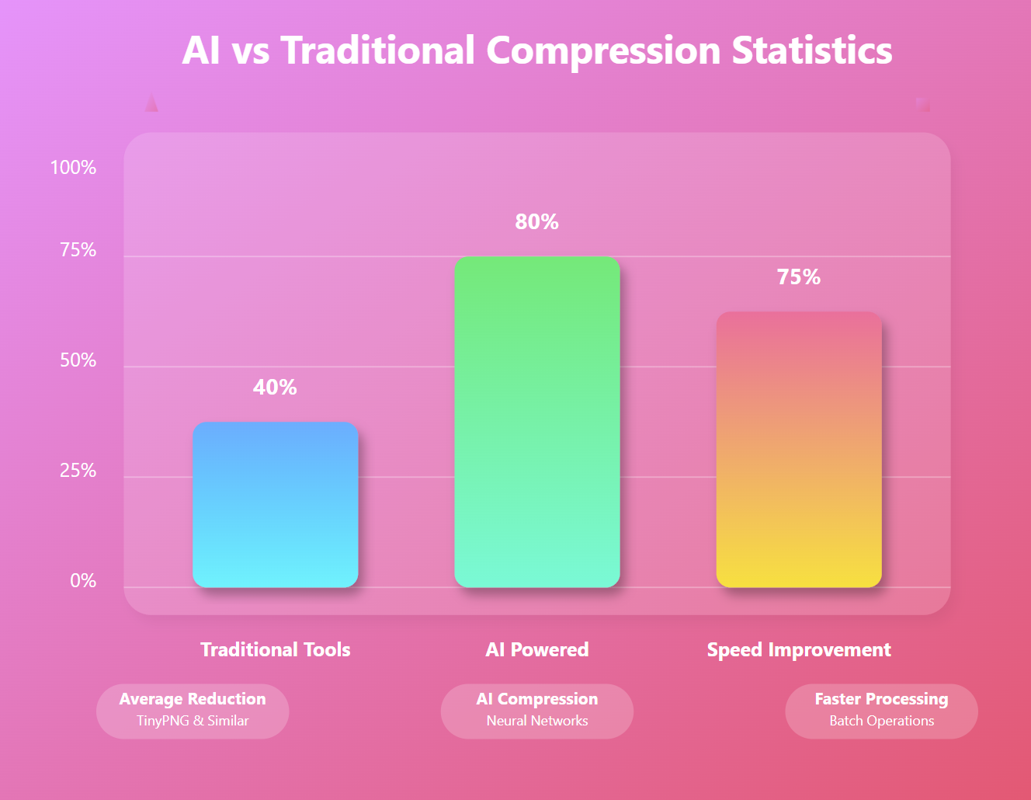
AI Image Compression: How It Works & Best Tools in 2025
AI Image Compression: How It Works & Best Tools in 2025 &n…
Read Now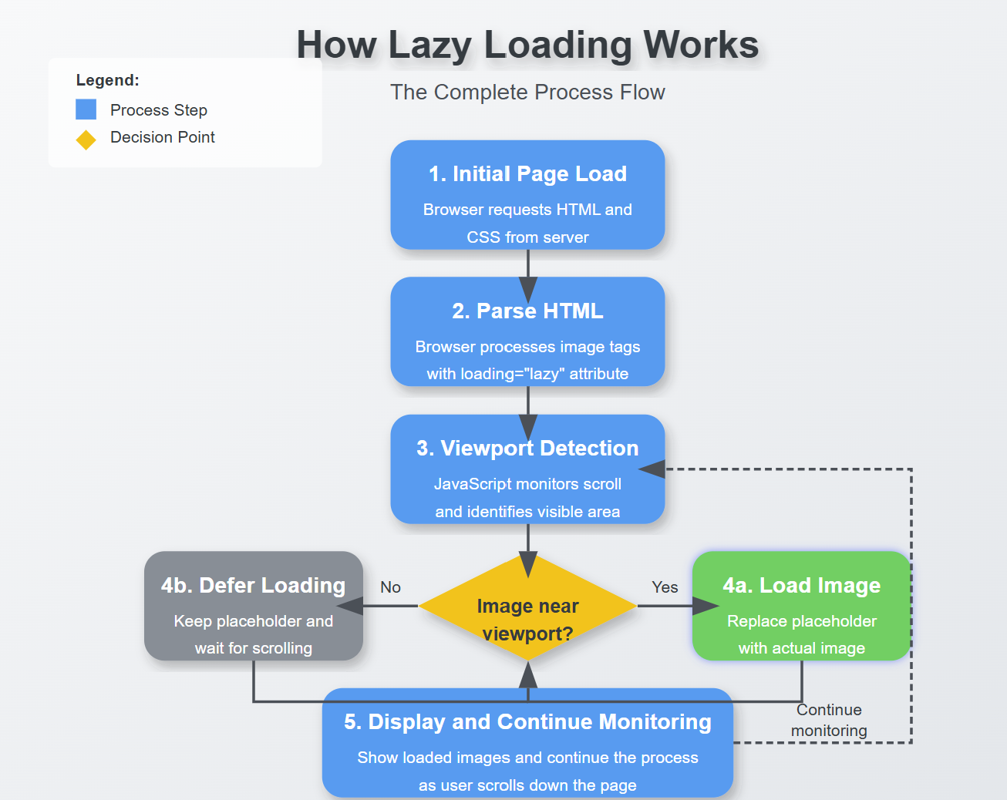
Lazy Loading Images: Does It Really Boost Performance?
Lazy Loading Images: Does It Really Boost Performance? Have you ev…
Read Now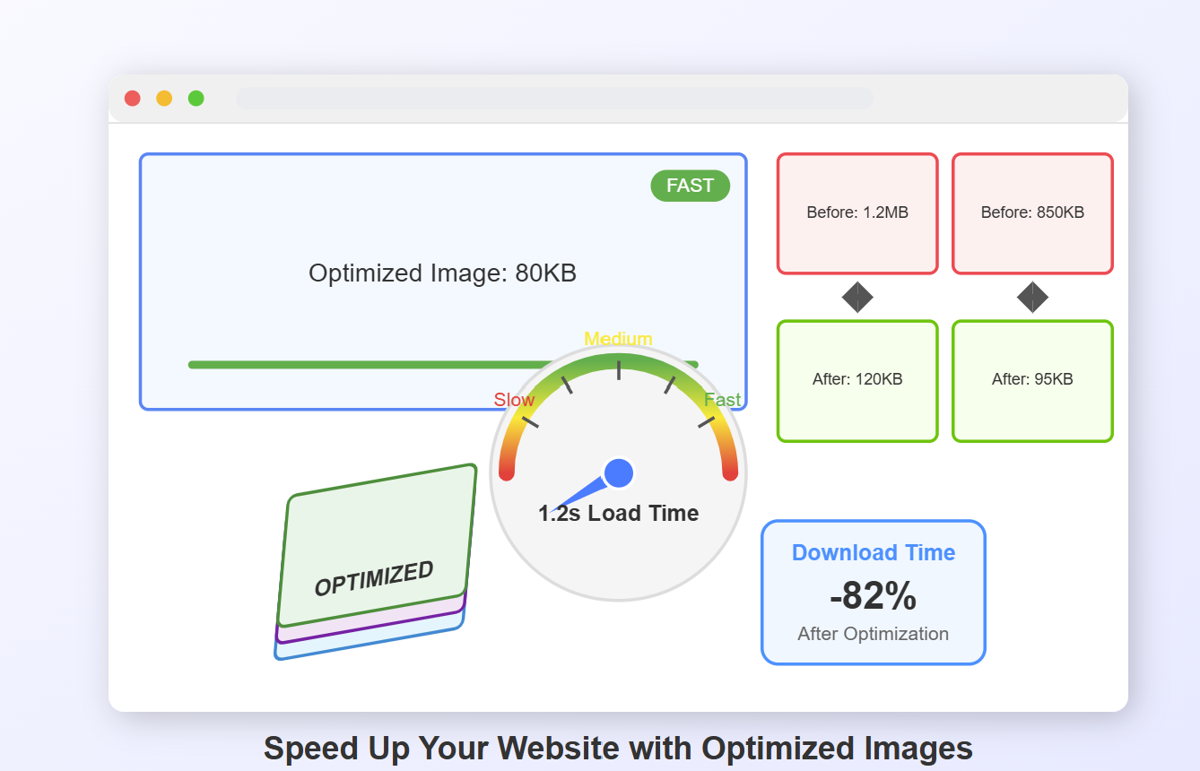
How to Optimize Images for Faster Website Loading
How to Optimize Images for Faster Website Loading Have you ever ab…
Read Now
JPEG, PNG, or WebP? Best Image Format for SEO
JPEG, PNG, or WebP? Best Image Format for SEO Introduction: …
Read NowLatest Articles

AI Image Compression: How It Works & Best Tools in 2025
AI Image Compression: How It Works & Best Tools in 2025 Picture this: you've just fi…

Lazy Loading Images: Does It Really Boost Performance?
Lazy Loading Images: Does It Really Boost Performance? Have you ever found yourself impatiently staring at…

How to Optimize Images for Faster Website Loading
How to Optimize Images for Faster Website Loading Have you ever abandoned a website because it was taking …

JPEG, PNG, or WebP? Best Image Format for SEO
JPEG, PNG, or WebP? Best Image Format for SEO Introduction: Why Image Formats Matter for Your SEO St…
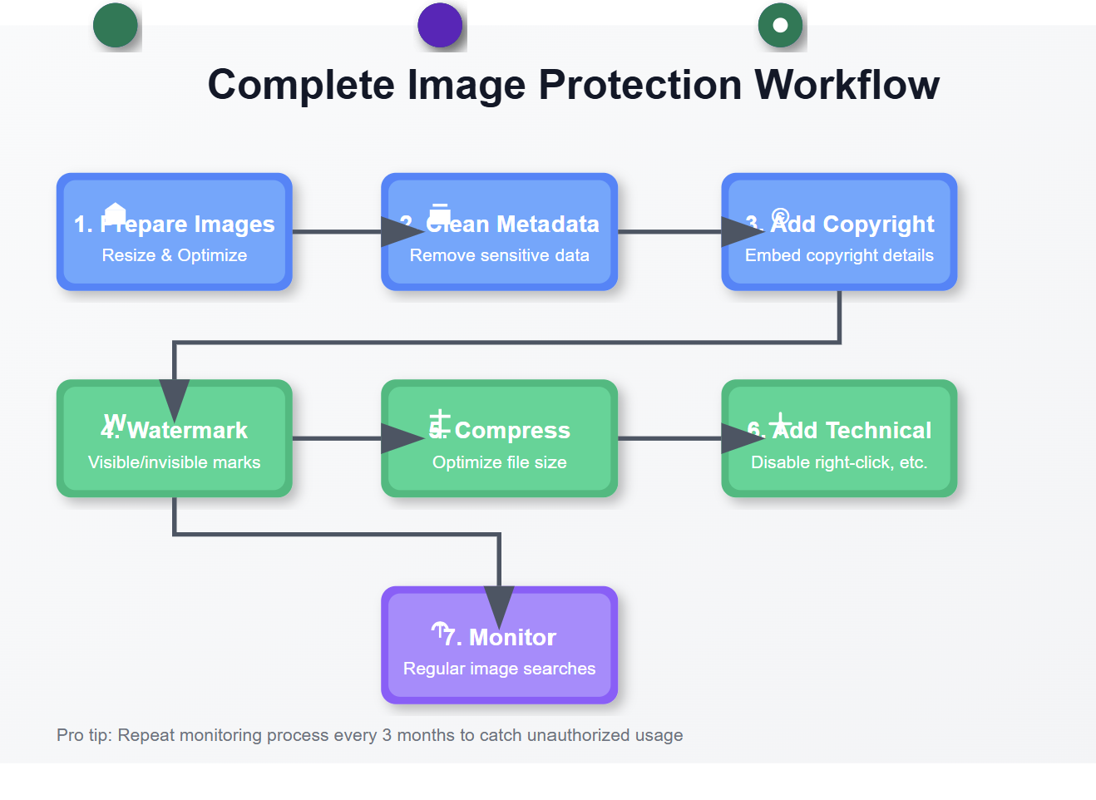
7 Ways to Protect Your Images from Copyright Theft
7 Ways to Protect Your Images from Copyright Theft In today's digital landscape, images have become the currency…
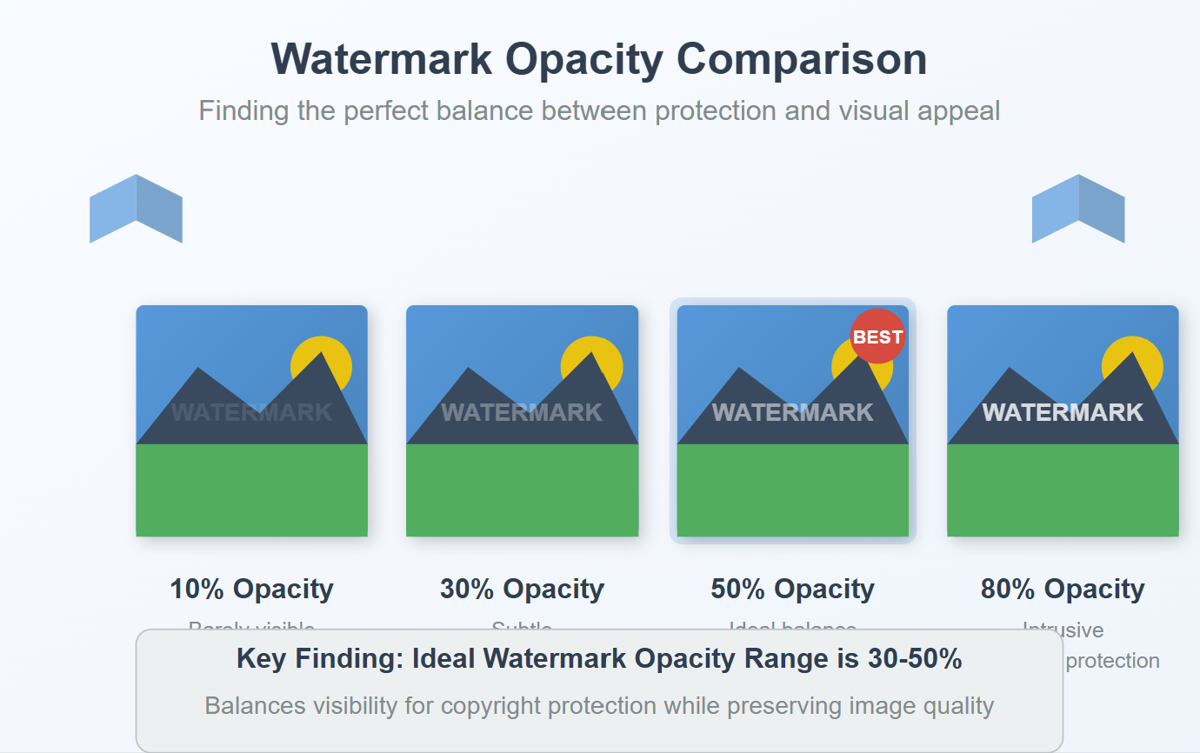
How to Add a Transparent Watermark (Without Ruining Quality)
How to Add a Transparent Watermark (Without Ruining Quality) Introduction: Protecting Your Visual Content Have yo…
Never Miss an Update
Subscribe to our newsletter and stay updated with the latest blog posts and tech trends.